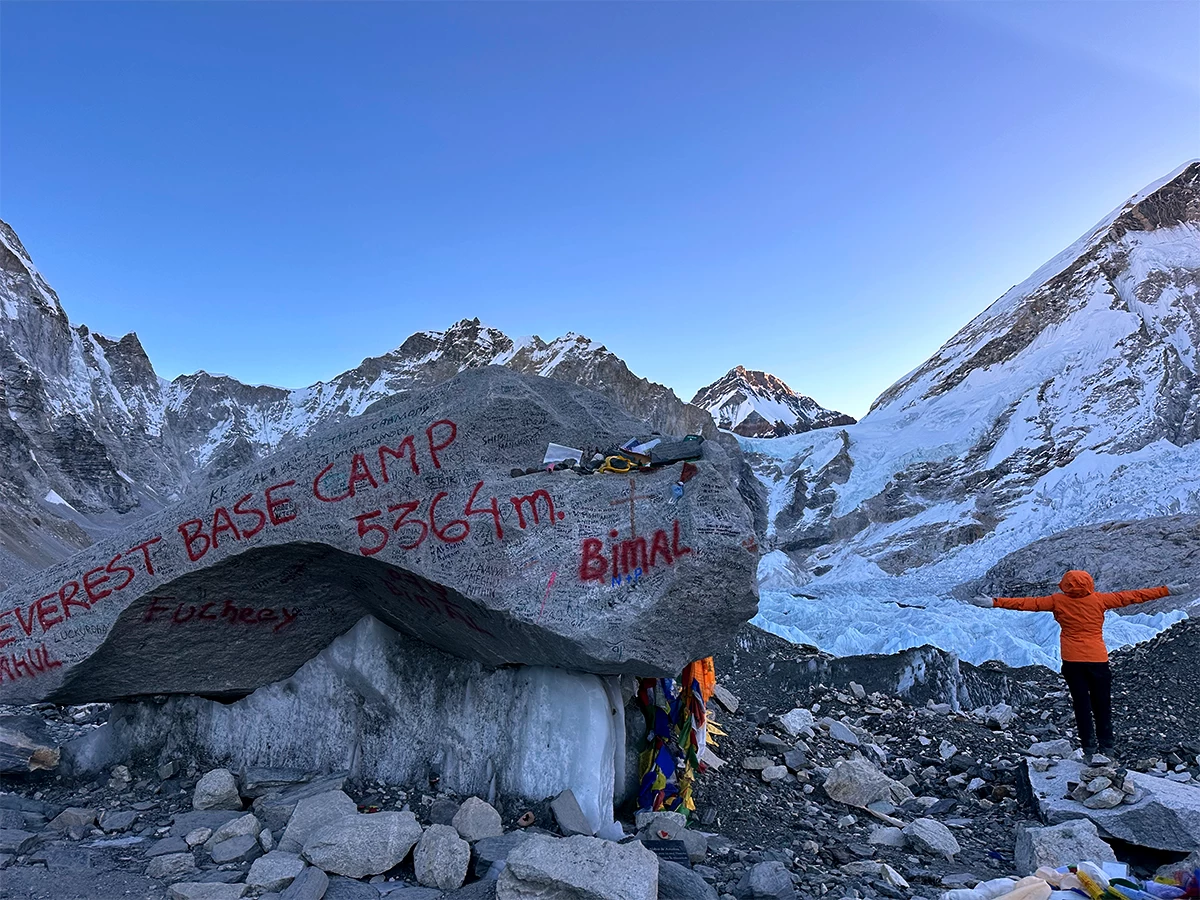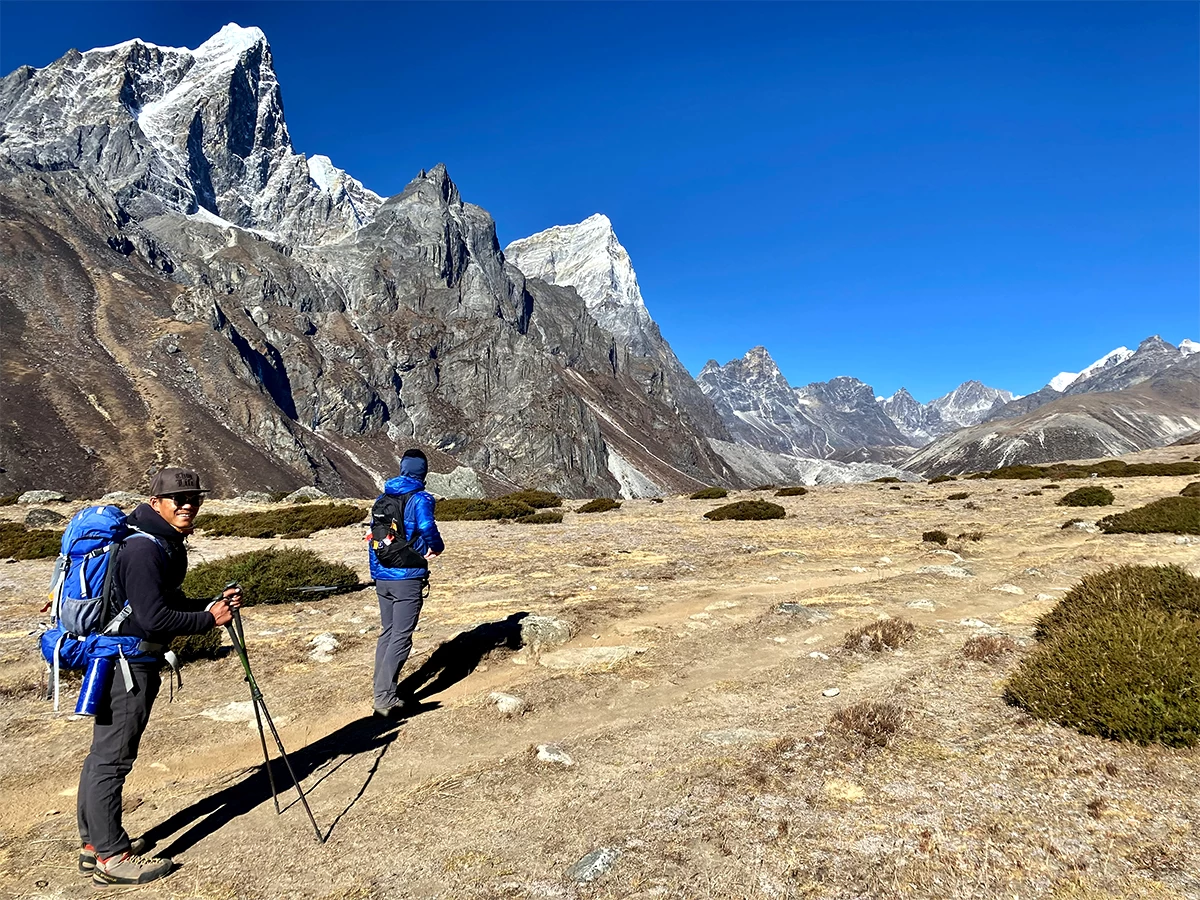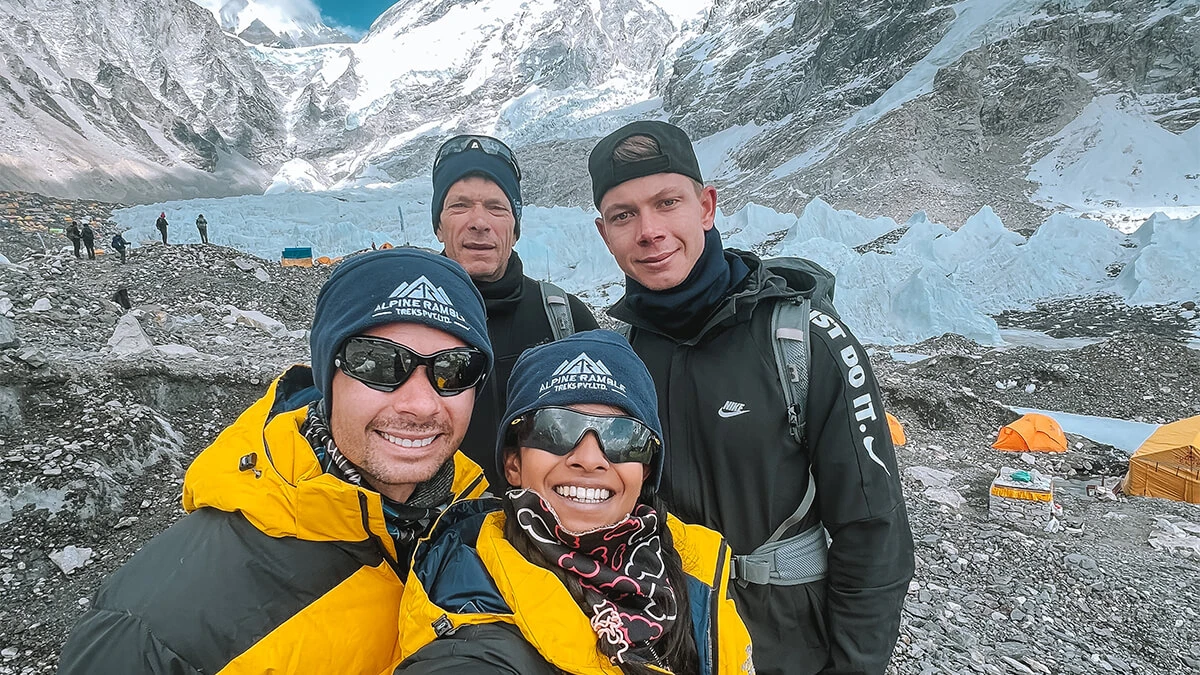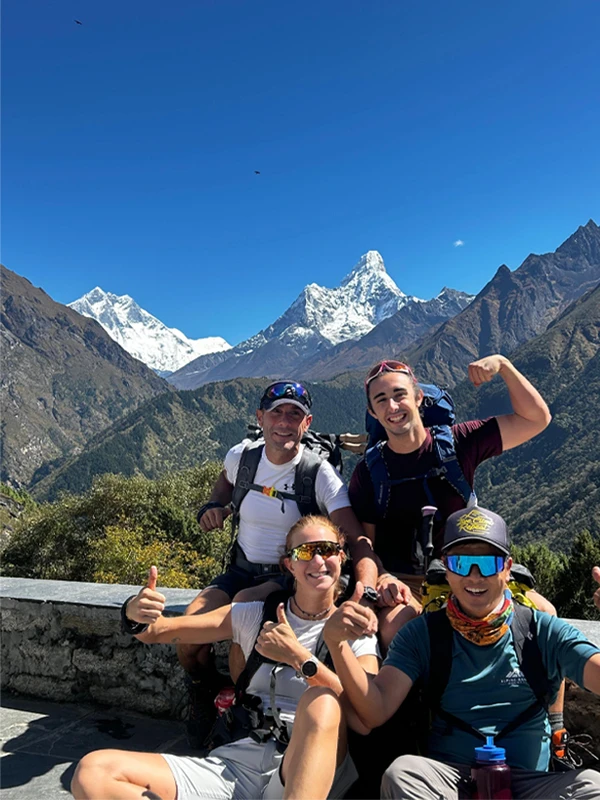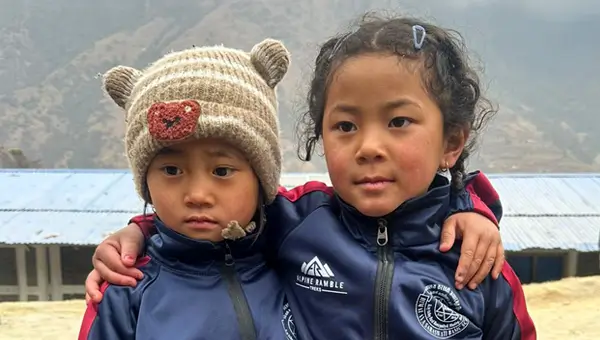Less crowded Everest Base Camp trek route
Join us for this beautiful, Less crowded Everest Base Camp trek in Nepal. This trekking itinerary is designed with a different route for the Everest base camp trek, where fewer travelers follow the path.
There are a few different trekking itineraries, including the traditional Everest base camp trekking route,, but it is all very crowded in the high peak season of trekking and climbing.
Travelers who would love to stand at the base camp of the world's highest mountain and the top of Kalapather with a quieter environment may consider this route instead of the common one to avoid the crowds.
On this route, we walk through the most beautiful places of the Khumbu Valley with the breathtaking views of its scenery.
However, this itinerary does not exit the high altitudes to take us to the base camp and Kalapather.
Trekking into the peaceful valley with spectacular views through the Sherpa people's land gives you a unique trekking experience at least once in a lifetime.
Highlight
- Historical places of the local Sherpa people
- Ancient monastery and art gallery
- Authentic sherpa foods at the local tea houses
- Suspension bridges, lush forest, potato field, sunrise views
- Himalayas mountains vista of Mount Everest.
Why choose the local guide for my EBC Trek?
- To make it easy to understand the local culture
- To help the local economy
- To learn more about the hosts and culture of the Everest region
- To make the easy move while trekking
- To learn more advance about the history of the mountains
- Find the right trail and choose the best tea houses along the way thoroughly.
